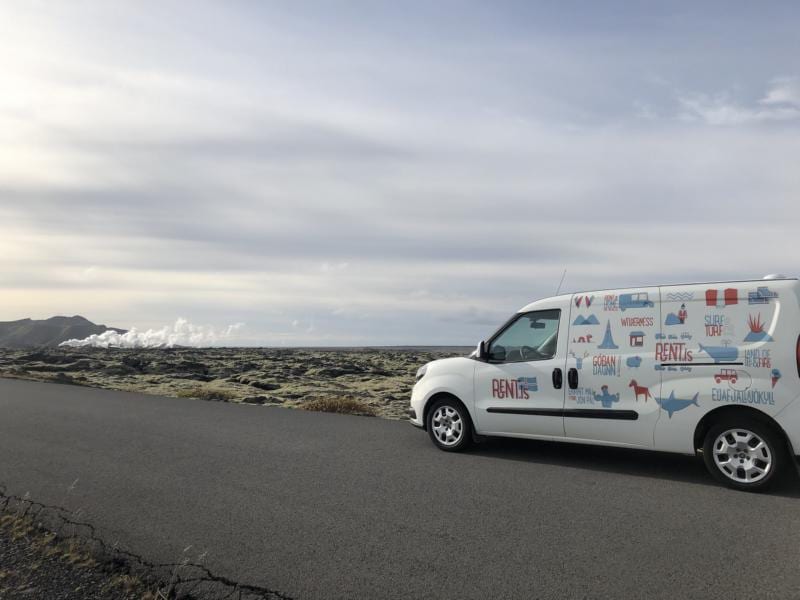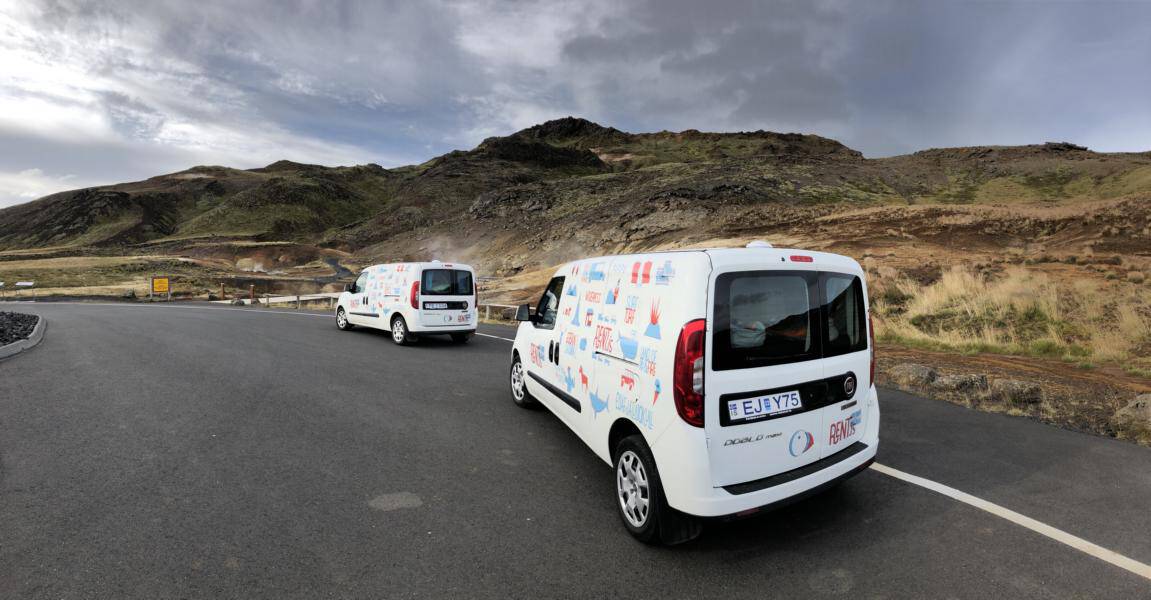Getting on the road is the best way to explore Iceland. You can travel at your own pace and also avoid the crowds. Even better, the most remote and private places become much more accessible.
However, driving in Iceland is a unique experience. It’s definitely different from what you’re used to back at home. Therefore, you’ll want to understand the driving laws in Iceland to have a worry-free and pleasant experience.

What Are the Driving Laws in Iceland?
Before you start driving, you should understand the most important driving laws in Iceland that govern traffic.
For instance, you need to know which side of the road Icelanders drive on. Well, the driving side in Iceland is on the right. Fortunately, this is common in most parts of the world, including in the United States, Latin American, and parts of Europe.
When driving around Iceland, off-road driving is strictly forbidden, even if you have a powerful 4×4 vehicle. However, there are marked gravel roads that can be accessed using jeeps or 4×4 camper vans.
Iceland driving laws mandate having headlights on at all times.
Finally, always be alert for any signs and warnings. Depending on the season, the conditions of some roads can vary. You might find yourself in a dangerous situation if you aren’t paying attention.
How Are the Roads?
Although most people are happy with the infrastructure for driving in Iceland, be aware of the different types of roads you are likely to encounter. Then, figure out what kind of vehicle you will require.
There are three main types of roads on the island. Some are more comfortable to drive on than others.
The primary road in Iceland is the Ring Road. It encircles the entire island and allows you to explore most of the main sites comfortably. The paved circle has the highest Iceland speed limit of 90 kilometers per hour. If you don’t plan too many detours on regional roads, you should ride comfortably with a 2WD car.
The Golden Circle
There is also the smaller Golden Circle, a shorter route near Reykjavik, Iceland’s capital. By the way, that destination could make for an excellent day trip.
F-roads
Next, you have the F-roads. These allow you to explore the country’s mountains and some remote areas. Here, roads are mostly gravel. In other words, they can get rough. Consider a reliable and sturdy 4WD to tackle these roads comfortably.
Lastly, you might also encounter the local roads that often lead to farms or private homes. These are usually gravel as well. The ease of driving will mostly depend on the season and the current weather conditions.

General Tips
Let’s go over a few general tips for driving in Iceland. These will come in handy once you hit the road.
- Always wear a seatbelt – That’s the only way to ensure that you and your family remain safe throughout your trip. It’s also required by law, so it will help you avoid trouble with the authorities.
- Pay attention to the speed limit – Some roads can sometimes be less safe than they might appear at first glance. Signs are there to ensure the safety of you and everyone else. Iceland also has costly fines for going above the speed limit.
- Driving off-road is strictly forbidden, even if you have a 4WD vehicle. Not only can this earn you a hefty fine but yourself in danger as well.
- Always fill up the tank when you see an opportunity. Also, check ahead to see where you can find the nearest gas station.
- Although road signs are generally available throughout Iceland, you should still have GPS monitoring. It always makes sense to track your journey and figure out the best route to arrive at your destination safely.
- Iceland is full of wilderness. Meaning, be aware of your surroundings. As you drive, watch for any animals that may run across the road.
- Check the weather before heading out for the day. Especially do so to avoid being stranded in the middle of nowhere. During the winter, wind gusts are brutal and the cold air is harsh. Keep that in mind as you take the necessary precautions to enjoy a safe trip.
To learn more, check out our Iceland campervan packing list.

Rent.is
Driving in Iceland is the best way to see the country. At Rent.is, we have a range of reliable and fully customized Iceland camper rental vans. All are suited for traveling across this beautiful island. Book a camper van today for the trip of your dreams!


